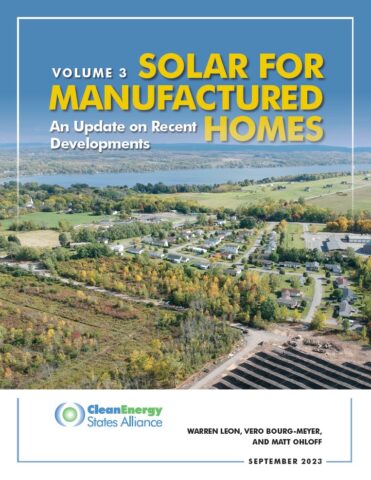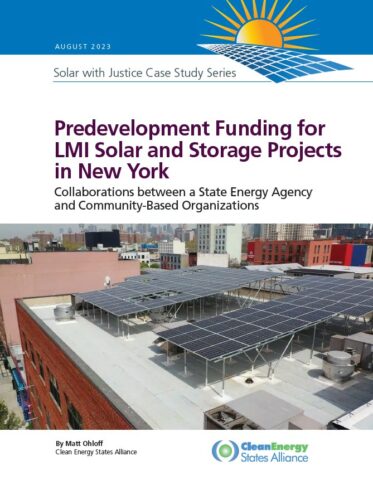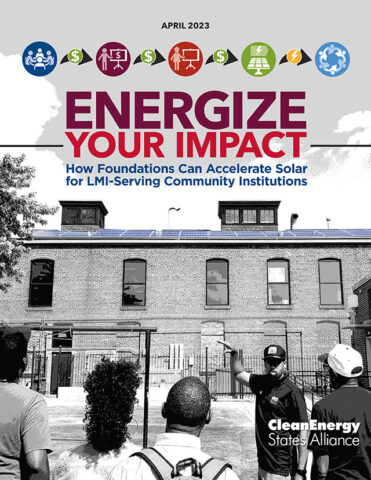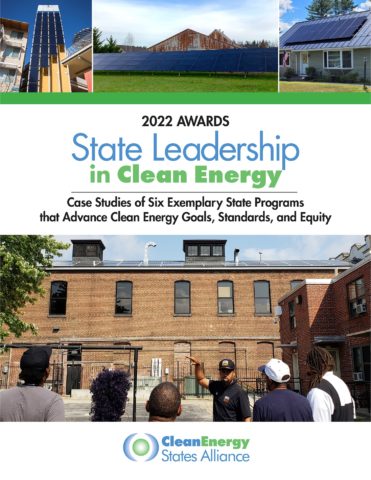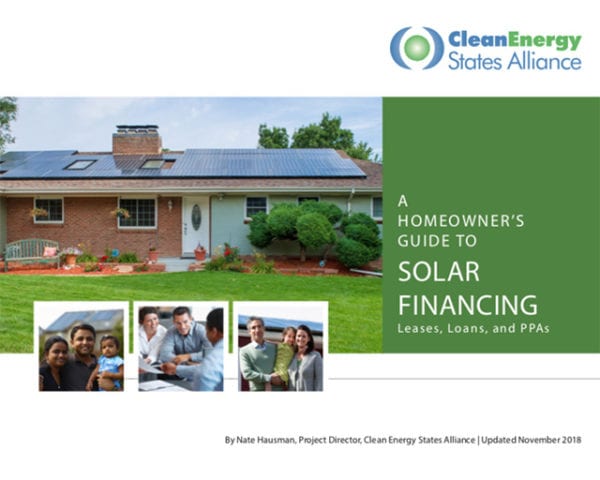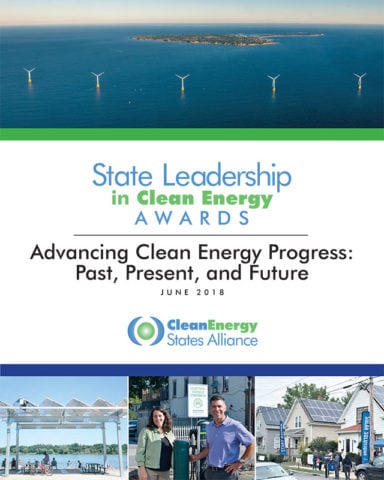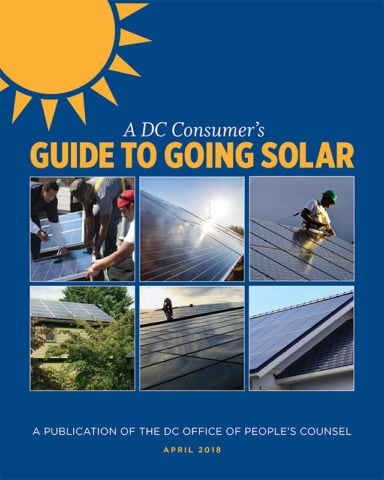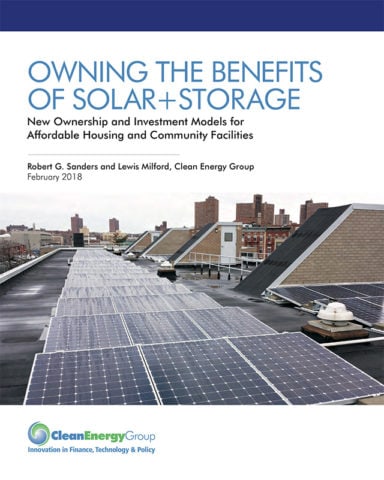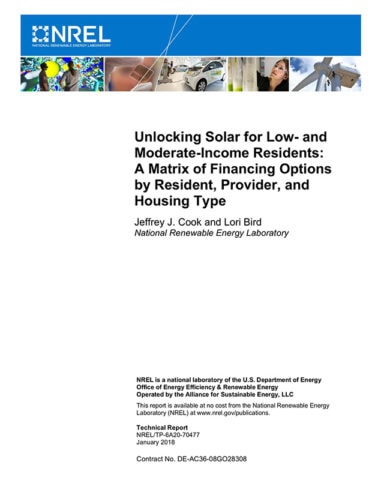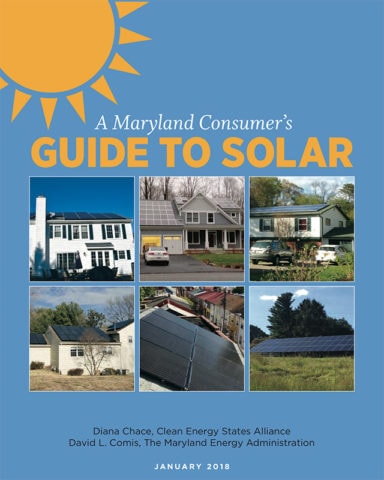Resource Archive - Finance
SEARCH RESOURCES
You can also search by author name.
RESOURCE TYPES
RESOURCE TOPICS
RESOURCE PROJECTS
RESOURCE YEARS
Manufactured homes, formerly referred to as mobile homes, comprise over 6 percent of America’s housing stock and represent an even larger share of housing for low- and moderate-income households. CESA has published an update to the “Solar for Manufactured Homes” report discussing potential funding opportunities through the Inflation Reduction Act.
NYSERDA’s Affordable Solar and Storage Predevelopment and Technical Assistance program in New York State is successfully addressing the predevelopment challenge for solar and storage projects for low- and moderate-income residents.
This report explores how philanthropic foundations have supported the deployment of solar and solar plus battery storage in low- and moderate-income communities in the United States.
This report presents case studies of the six recipients of the 2022 State Leadership in Clean Energy Awards.
This guide aims to help homeowners navigate the complex landscape of residential solar photovoltaic (PV) system financing. The guide describes three popular residential solar financing choices – leases, loans, and power purchase agreements (PPAs) – and explains the advantages and disadvantages of each, as well as how they compare to a direct cash purchase. It clarifies key solar financing terms and provides a list of questions homeowners should ask before deciding if and how to proceed with installing a solar system.
This report presents case studies of the six recipients of the 2018 State Leadership in Clean Energy Awards.
This guide aims to help DC consumers make an informed decision in considering whether to install a solar energy system in their home.
This paper explores additional ownership and financing options for solar+storage projects and low-income communities beyond direct ownership and conventional leasing models.
This report identifies the most promising strategies state policymakers might consider using to finance PV for low- and moderate-income customers.
The Maryland Energy Administration and the Clean Energy States Alliance have developed a Maryland Consumers Guide to Solar, designed to be a resource for Maryland residents considering home solar photovoltaic systems.

